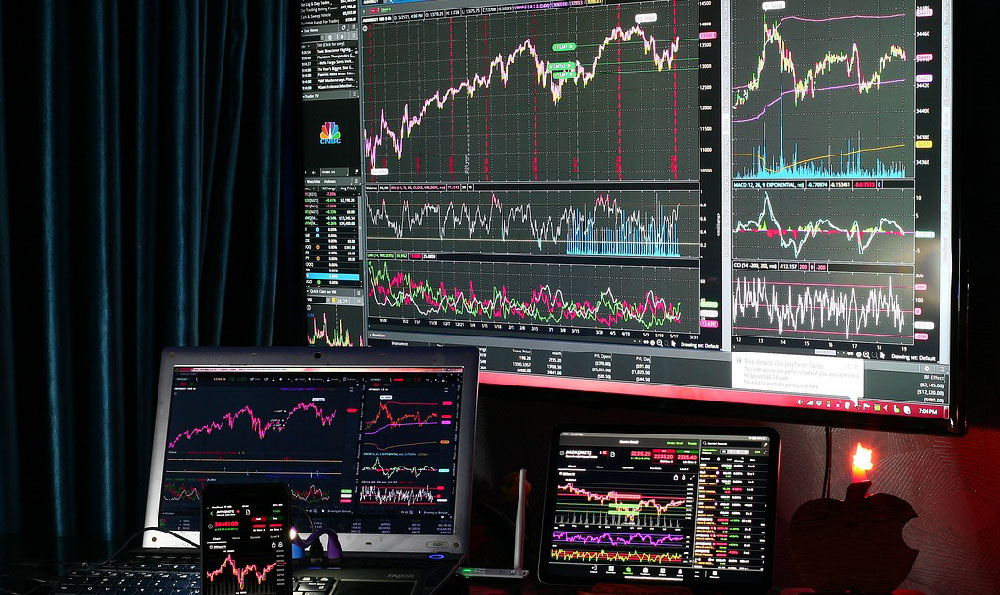The income of Uber drivers can vary widely depending on several factors, including geographic location, vehicle type, driving habits, and the local market conditions. While some drivers may earn a substantial monthly income, others might find the financial returns less predictable or modest, especially considering the expenses inherent to freelance driving. Understanding the nuances of this income structure can offer insights for anyone exploring alternative income streams or evaluating transportation-based investment opportunities.
In many urban centers, there is a growing trend of individuals opting to use ride-sharing platforms like Uber not just for convenience but also as a potential source of passive income. This shift has led to an increased demand for transparency regarding earnings. When analyzing the monthly income of Uber drivers, it is essential to recognize that this figure is not fixed. In cities with high demand for rides and favorable pricing, such as New York or San Francisco, drivers might generate earnings that surpass traditional employment wages. However, in less populated areas or regions with limited demand, the income may lag significantly. For instance, in countries like India, where Uber operates extensively, the average monthly income tends to be lower due to differences in fuel costs, vehicle expenses, and passenger base.
Another critical factor influencing earnings is the type of vehicle a driver uses. While some drivers rely on personal cars, others invest in luxury vehicles to enhance their earning potential. These considerations often form the core of the financial planning process. In high-demand areas, luxury cars can command higher fares due to their perceived value, but they also come with increased expenses such as fuel, insurance, and maintenance. Conversely, drivers who opt for economy cars may have lower initial costs and fuel expenses, but their ability to generate revenue through higher demand may not match that of their counterparts with more expensive vehicles. This dynamic is particularly relevant for those looking into the investment potential of owning a vehicle for ride-sharing purposes.

The time spent on the road also plays a pivotal role in determining the monthly income of Uber drivers. Some drivers work full-time, while others take on part-time shifts, allowing them to balance their income with other responsibilities. This flexibility is both a benefit and a challenge. A driver who logs 60 hours per week might be more likely to achieve a consistent income compared to someone who drives fewer hours. Additionally, the fluctuation of demand can lead to inconsistent earnings, which may make it difficult to rely on this as a stable source of income. For investors considering the viability of this route, the importance of managing time and optimizing availability becomes crucial.
Beyond these internal factors, Uber drivers are also affected by external consumer behaviors. Customers in certain regions may prefer higher-priced vehicles, while others may prioritize affordability. This preference can influence the revenue a driver earns per ride. Moreover, the impact of technological innovations, such as ride-sharing apps, on consumer behavior cannot be overlooked. A driver who adapts quickly to new technologies and consumer trends may find themselves in a more favorable position to maximize earnings.
The financial aspects of driving also include considerations of operational costs. Fuel, vehicle maintenance, and insurance are not insignificant expenses that can influence the net income. In areas where fuel prices are volatile, these costs may fluctuate, making the income unpredictable. Conversely, in regions with stable fuel prices and lower vehicle maintenance costs, drivers may find it easier to maintain a profitable operation. For those exploring investment options related to the transportation industry, these cost considerations are worth analyzing.
The average earnings of Uber drivers provide a benchmark for comparing different investment avenues. In some cases, the monthly income from ride-sharing may surpass that of traditional investments, but this depends on the driver's ability to manage both income and expenses effectively. For instance, a driver who also engages in delivery services or participates in other income-generating activities may diversify their revenue streams. This diversity can reduce the risk associated with relying on a single income source.
Incorporating insights into the monthly income of Uber drivers can also offer valuable lessons for personal financial planning. Understanding the average income in different regions can help drivers set realistic expectations, which in turn can guide investment decisions. For example, a driver who identifies a market with high demand and favorable conditions might choose to invest in additional vehicles or expand their service area. This approach requires careful consideration of both the income potential and the associated costs.
Moreover, there is a growing interest in exploring the long-term financial implications of using ride-sharing services. While the monthly income provides an immediate picture, investors need to evaluate the sustainability of this income over time. Factors such as economic downturns, changes in fuel prices, and regulatory shifts can impact the overall profitability of this avenue. Therefore, drivers and investors alike must remain adaptable to these changes to ensure long-term success.
The monthly income of Uber drivers is a multifaceted topic that requires a deeper understanding of both personal and external factors. By analyzing the earning potential and the associated costs, individuals can make informed decisions about whether to pursue this as a full-time or part-time venture. This knowledge can also serve as a valuable tool for investors who are exploring alternative income streams or evaluating the potential of the ride-sharing industry. Ultimately, the key to maximizing income lies in strategic planning, adaptability, and a comprehensive understanding of the market dynamics.












